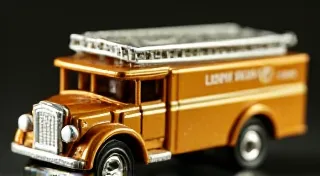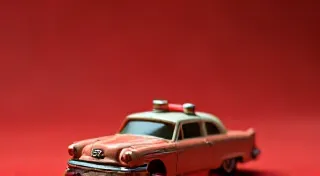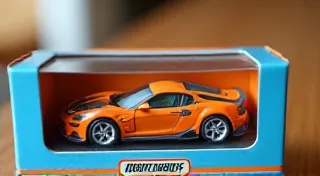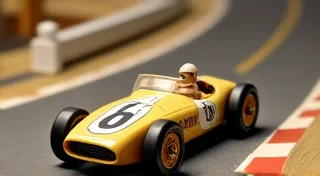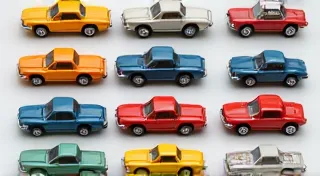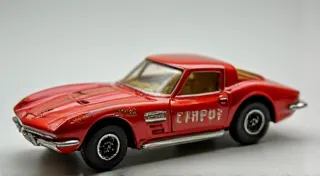Matchbox Cars and Their Representation of Real-World Vehicles
For generations, Matchbox cars have captivated children and adults alike. But beyond the simple joy of play, these miniature marvels offer a fascinating window into the automotive world of their time. This article explores how Matchbox cars accurately, and sometimes creatively, mirrored the real vehicles and trucks of their era, becoming miniature time capsules on wheels.
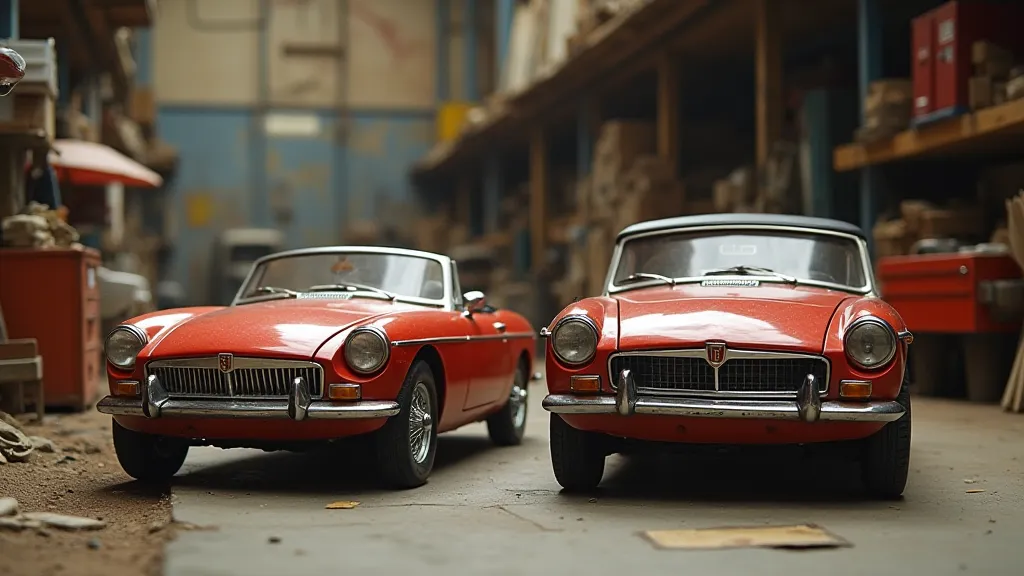
The Early Years: A Reflection of British Automotive Excellence
In the 1950s, Lesney Products, the British company behind Matchbox cars, initially produced miniature versions of everyday vehicles to appeal to a wider audience. The brand's early success stemmed from replicating British cars that were gaining popularity worldwide. Models like the Austin A35, Morris Minor, and Jaguar XK140 were faithfully reproduced, showcasing the iconic styling of those vehicles. The accuracy was remarkable, capturing the essence of the real cars in miniature form. This wasn’t just about creating toys; it was about offering a miniature souvenir of a beloved vehicle. The appeal lay not only in the playful nature of the toys but also in the feeling of owning a scaled-down version of a car you admired. Collectors today, and those looking to start collecting, often prioritize early models; understanding how to properly grade your Matchbox cars is crucial for both enjoyment and potential investment.
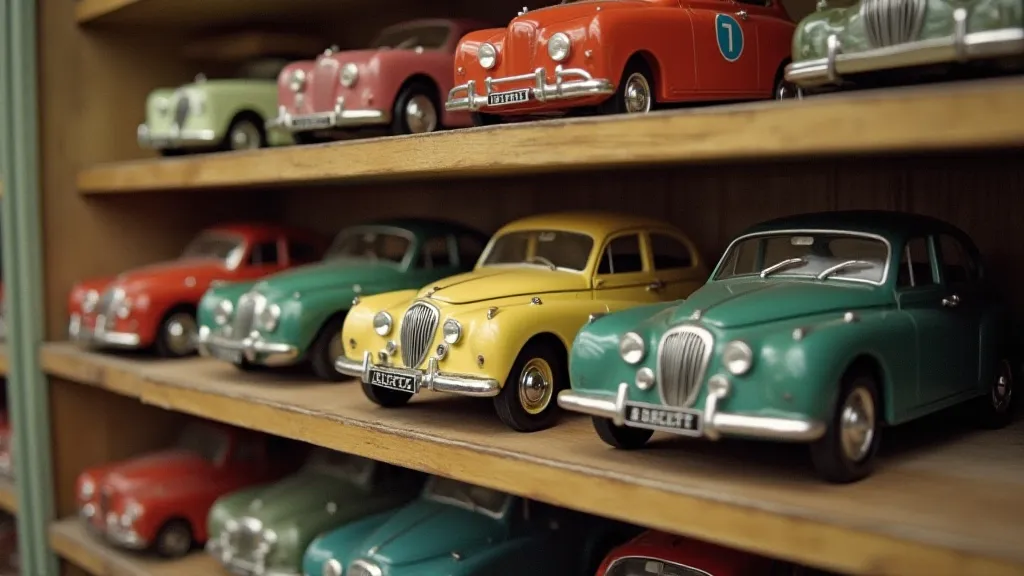
Expanding Horizons: American Muscle and Global Trucks
As Matchbox expanded its reach into the American market, the selection of vehicles broadened to include American classics. Muscle cars like the Ford Mustang and Chevrolet Corvette joined the lineup, instantly appealing to a new generation of collectors. Simultaneously, the brand began replicating popular trucks and commercial vehicles. The Ford Thames Trader and the Commer Pick-up trucks became staples, reflecting the essential role these vehicles played in everyday life and representing the working class of the era. The introduction of these American models proved to be a pivotal moment, broadening the brand’s appeal and initiating a shift in collector preferences that continues to influence the market today. It's a world with nuances and potential pitfalls; experienced collectors often share advice on common mistakes to avoid when collecting Matchbox cars to help newcomers navigate the hobby successfully.
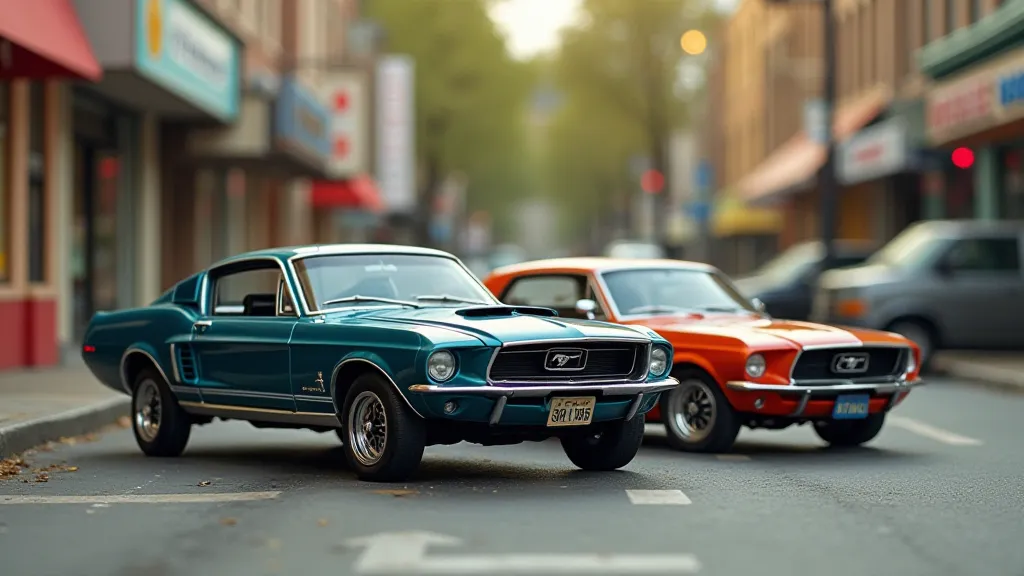
Creative Liberties and Adaptations: Simplifying Design for Miniature Scale
While Matchbox cars generally aimed for accuracy, some artistic license was taken to simplify designs or adapt them for the smaller scale. This wasn’t a flaw; it was part of the charm. The technical challenges of miniaturization demanded innovation. Details might be streamlined, and colors might be slightly altered to enhance visual appeal. Consider the complex curves of a Jaguar E-Type – replicating that perfectly in 1:64 scale would have been incredibly difficult, if not impossible, with the production methods available at the time. The resulting slightly simplified version, while not a perfect replica, still retained the essence of the original and was instantly recognizable. Even so, the core design and recognizable features remained true to the original vehicles. The adaptation of real-world vehicles into miniatures demanded innovation and often resulted in designs that were instantly recognizable, regardless of the simplification. This creative process isn't just about shrinking down a car; it's about capturing its *spirit*, and sometimes that required making subtle but significant adjustments. The dedication to reproducing a recognizable form, even with simplifications, is a testament to the designers’ skill.
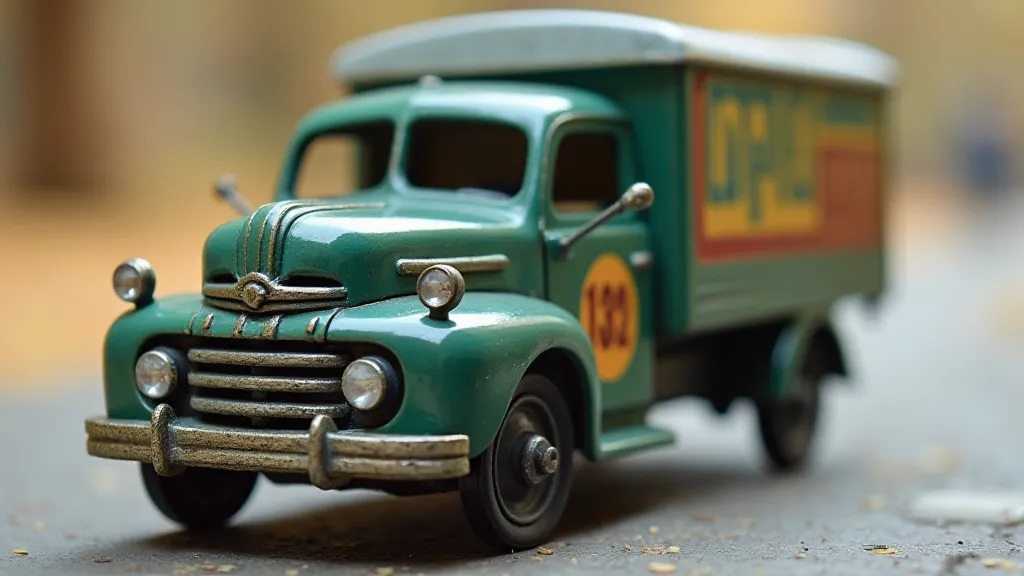
The Evolution of Collecting: More Than Just Toys
The value and interest surrounding Matchbox cars has grown immensely over the years. Initially created as affordable toys for children, they have evolved into sought-after collectibles. This transition has fostered a vibrant community of enthusiasts who share a passion for these miniature representations of automotive history. The burgeoning collector base creates a rich and supportive environment for enthusiasts of all levels, from seasoned veterans to newcomers just beginning their journey. Connecting with other collectors can enrich the hobby immensely, and discovering places to do so is key. There are numerous Matchbox car clubs and online communities for collectors offering a wealth of information, trading opportunities, and camaraderie. Finding your place within this network can enhance your appreciation for the hobby and introduce you to valuable insights from seasoned collectors.
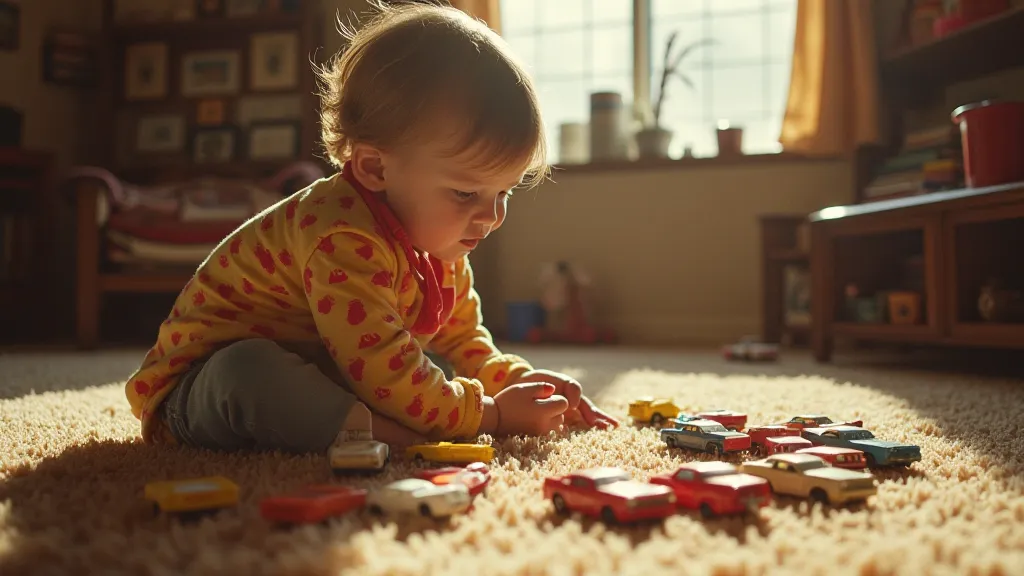
Rarity and Value: Uncovering the Most Coveted Models
The limited production runs of certain models, coupled with variations in color and design, have contributed to the rarity and increased value of some Matchbox cars. Certain errors, misprints, or slight modifications can significantly elevate a car’s desirability amongst collectors. Knowing which models command the highest prices can be both exciting and, for those looking to build a valuable collection, essential. Many collectors are on a constant search for the elusive and highly prized. For those interested in the pursuit of these treasures, discovering the most valuable Matchbox cars: top 10 finds offers a glimpse into the dynamic world of high-end collecting and the stories behind these iconic pieces.
The Enduring Legacy: Miniature Representations of an Era
Matchbox cars offer more than just playtime fun; they are tangible pieces of automotive history. They are miniature representations of an era, providing a unique insight into the vehicles and trucks that shaped our world. For collectors, these tiny treasures are not just toys; they are windows to the past, allowing us to appreciate the design and engineering of the vehicles that defined their time. The dedication to capturing the essence of these vehicles, even with necessary simplifications, is a testament to the brand’s commitment to quality and craftsmanship. From the early British classics to the American muscle cars and the hardworking trucks, each model tells a story about a specific moment in automotive history. The appeal lies not only in the miniature form but also in the connection to a larger cultural narrative. The legacy of Matchbox continues, not just as beloved toys, but as enduring cultural artifacts that capture the essence of automotive design.
The attention to detail and the faithful representation of these vehicles—while acknowledging necessary adaptations—has secured Matchbox cars’ place in popular culture. They’re more than just toys; they're miniature works of art, sparking nostalgia and representing a bygone era. The future of collecting remains bright, fueled by a new generation of enthusiasts eager to discover and appreciate these iconic pieces of automotive history.
